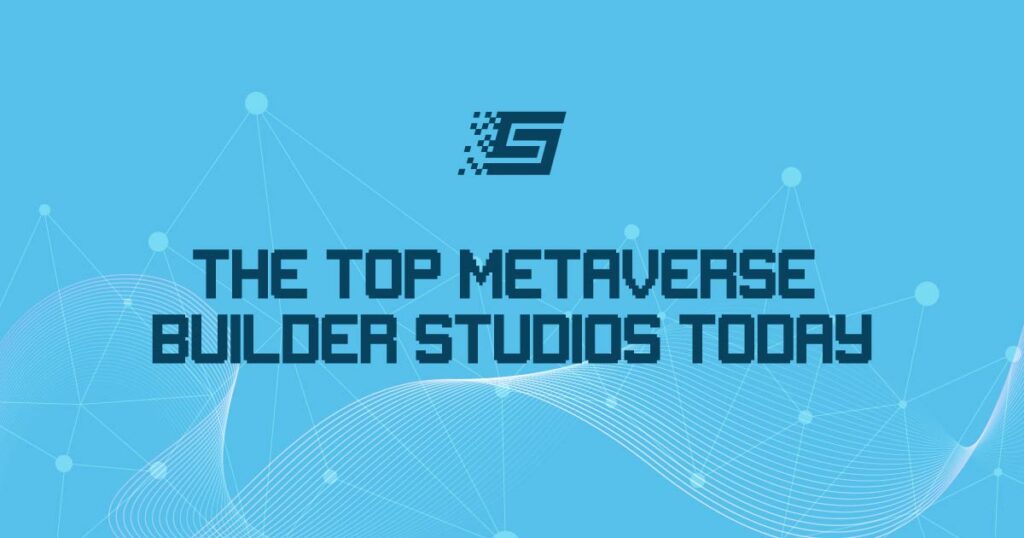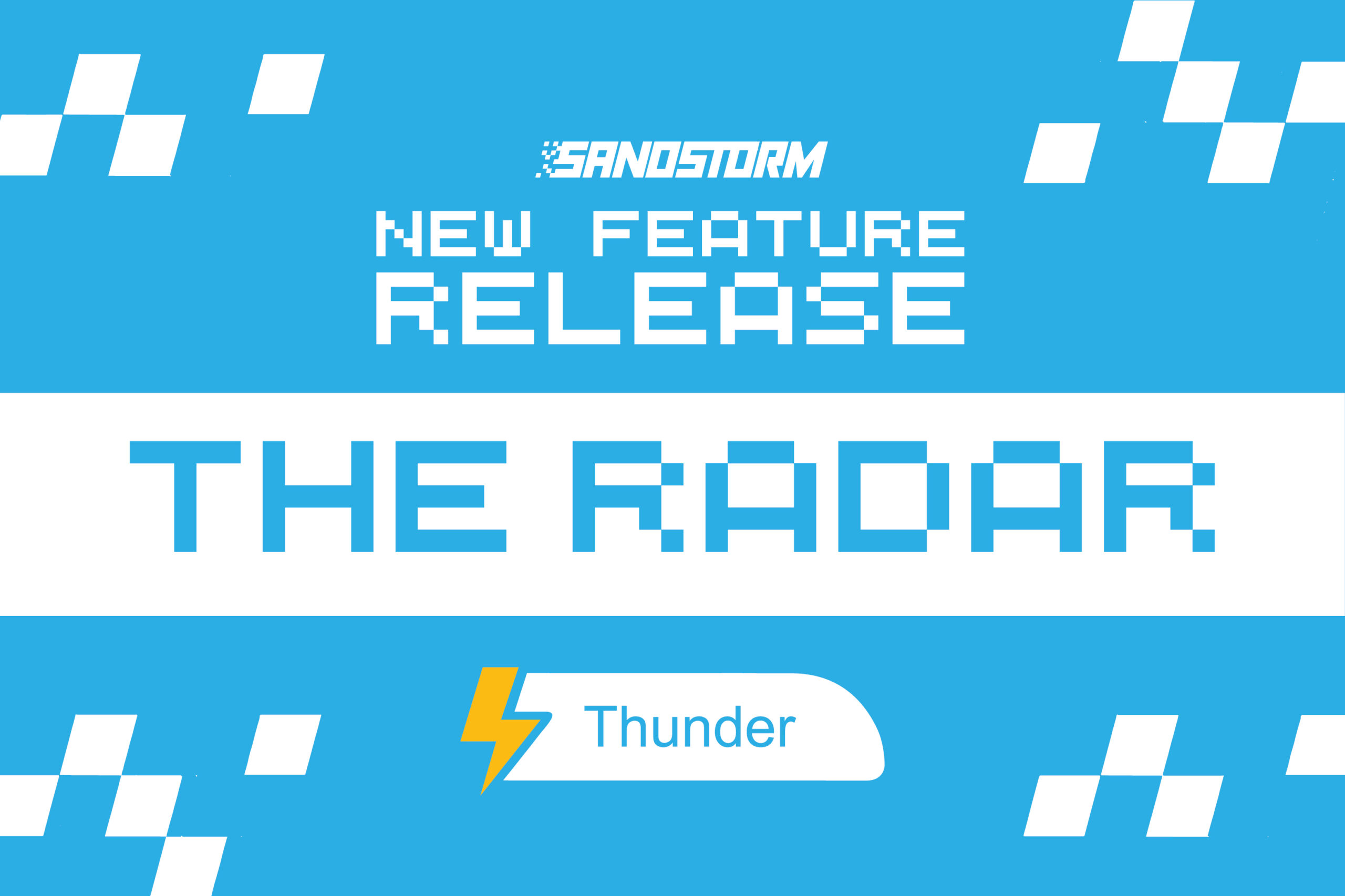The Sandbox Trends – Part 1
Land In The Sandbox
The metaverse is a rapidly growing sector that has been registering massive demand. But this space is not observing a similar response on the investment front. Out of the two leading metaverses, The Sandbox, in particular, has taken quite a hit. Given the state of the market over the last few months, it makes sense as to why the metaverse has not performed as per expectations.
The Sandbox saw a cold response on its adoption front, with long-term investors facing losses on their investments, the credit for which would be given to the decline in plot prices in the metaverse. Until January, it was doing exceptionally well. Demand was at its peak, and the return on investment (ROI) on a plot of land was looking promising. At the beginning of the Q1, each piece of land was worth over $4,701, its highest price ever. But that very quickly began to decline, with the price falling by 54% to a level of $2,162 in June 2022.
This was the result of declining demand visible in the number of units of LAND sold per month. The figure dropped from 6,541 to 1,705. Consequently, the total amount spent on LAND in The Sandbox ended up depreciating each month, from $27.45 million in January down to $3.2 million. Between 1 July and 10 July, The platform sold $1.25 million worth of LAND units for around $3.7 million.
Winning back the users
The Sandbox is now making a rather sure-shot move to try and attract new users to its metaverse, partnering with Playboy. As announced in June, the popular lifestyle brand will launch its own Metamansion in the virtual world. It will also release NFT collectibles and unique experiences over time for its users. It may not be an ideal method of promoting the metaverse, but it could help bring some attention to The Sandbox.
Introduction to The Sandbox metaverse
The Sandbox is a gaming metaverse where players and creators make 3D assets and experiences such as games that can be monetized via NFTs. Its ecosystem leverages a variety of tokenized gaming features, including:
Sand:
A digital in-game currency that is used for purchases, monetization, and asset creation.
Land:
Digital ownable land in the Sandbox virtual world.
Estate:
A combination of LANDs creating a larger plot.
Games:
A bundle of assets and scripting logic for creating interactive experiences.
Assets:
3D virtual images created by players.
Gems:
Tokens burnt to give attributes to assets.
Catalysts:
Tokens burnt to create assets.
The Sandbox provides Minecraft-esque gameplay with digital ownership and robust in-game economics with the $SAND token and other assets within the virtual world. It also offers a variety of in-game NFTs and user-generated NFTs. The VoxEdit NFT builder can be used to create 3D objects (assets) like avatars, buildings, creatures, and other tools.
How did The Sandbox fair last year?
LANDs are blockchain-backed tokens that use the ERC-721 standard for NFTs, representing physical parcels of The Sandbox metaverse. There is a finite number of Sandbox LAND plots available – 166,464 parcels. Around 62% of the virtual land has already been distributed.
New parcels are released through auctions or trade at specific price points. In 2021, The Sandbox recorded more than $350 million in LAND sales volume. Notably, 80% of the total LAND volume occurred in the final quarter of the year, with secondary sales making up for almost all of the fourth-quarter volume. Primary sales volume remained flat, but secondary sales volume grew 1,685% in comparison to the prior quarter. Also of note, the number of active buyers grew each quarter over 2021.
Interestingly, the increase in secondary sales volume along with the growth in buyers resulted in a 25% turnover in the total LAND assets with 26,000 secondary LAND sales and around 15,000 unique buyers.
Land prices
The median price of Sandbox LAND appreciated from $1,308 by the end of the third quarter to a median price of $11,364 at the end of the fourth. This nearly 10x increase is due in part to the rising trend of the metaverse and Sandbox’s continued expansion.
The Sandbox LAND map
Upon analyzing The Sandbox virtual world by total LAND volume per parcel, you’re able to determine which LANDs have been traded the most times. Parcels of LAND are separated into 1×1, 3×3, 6×6, 12×12, and 24×24 plots. With the heatmap, you can see the plots that have witnessed the highest aggregate trade volume on secondary markets, which effectively helps determine which plots of LAND available for sale are most desirable.
The redder plots indicate more trade volume. They are currently predominantly clustered within the lower left quadrant of The Sandbox. A potential explanation is that as The Sandbox expanded, traders have been drawn toward developing areas.
Standout areas
Diving a little deeper, the reddest 12×12 plot is located (or rather, outlined in red) adjacent to the Yield Guild Games estate, possessing multiple LANDs for sale on OpenSea (this is indicated with white boxes).
The second most speculated on plot is near the first most traded 12×12 plot. It shares a border with Atari, Ludena Protocol, and is near two Sandbox-owned estates. Unlike the previous plot, however, this one has fewer OpenSea listings available at the time of writing.
Notably, many of the largest estates (24×24), especially within the center, have a low aggregate trading volume. There aren’t many potential explanations for this effect. One is that some potentially coveted parcels don’t trade that often (many large estates are owned by The Sandbox or their IP partners focused on building within the virtual world). Second, the highest parcels have only sold for $100k-$245k – below the heatmaps second tier. It is also possible that the larger estate owners simply don’t care about making small profits on LAND, and they are looking to hold onto their investments for a longer time period.
The top 400 parcels by aggregate volume make up 32.5% of the total volume of the over 16,000 LANDs traded at least once.
Furthermore, there is a clear concentration in the top 100 LANDs accounting for nearly 17% of the total aggregate volume. Again, a potential reason may be that many LANDs have never entered the secondary market, with the original owners hanging onto their parcels or estates.


